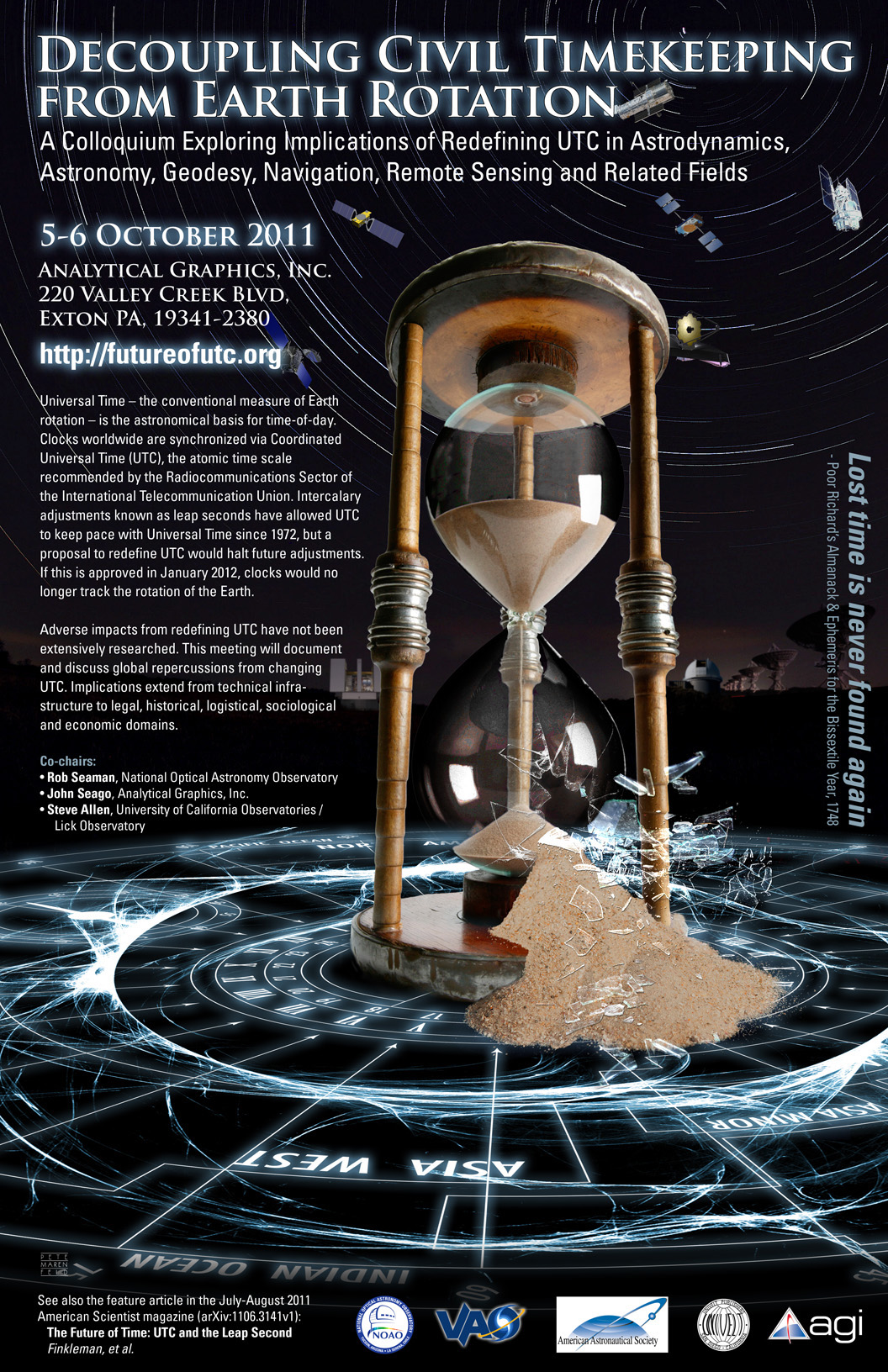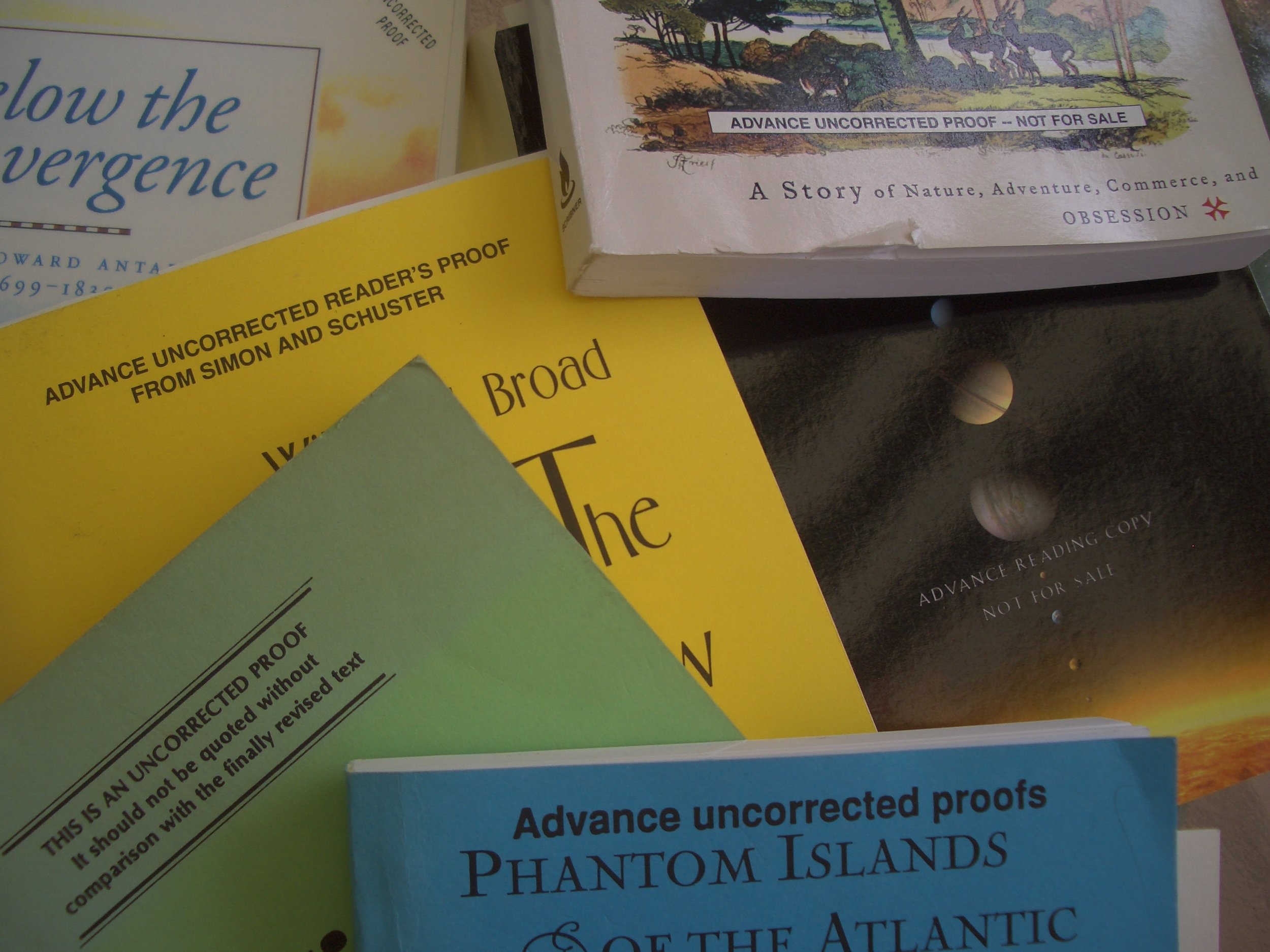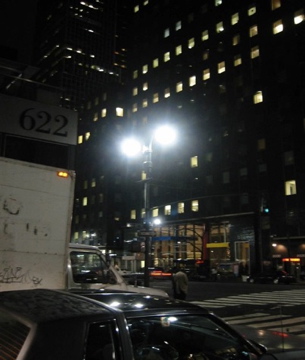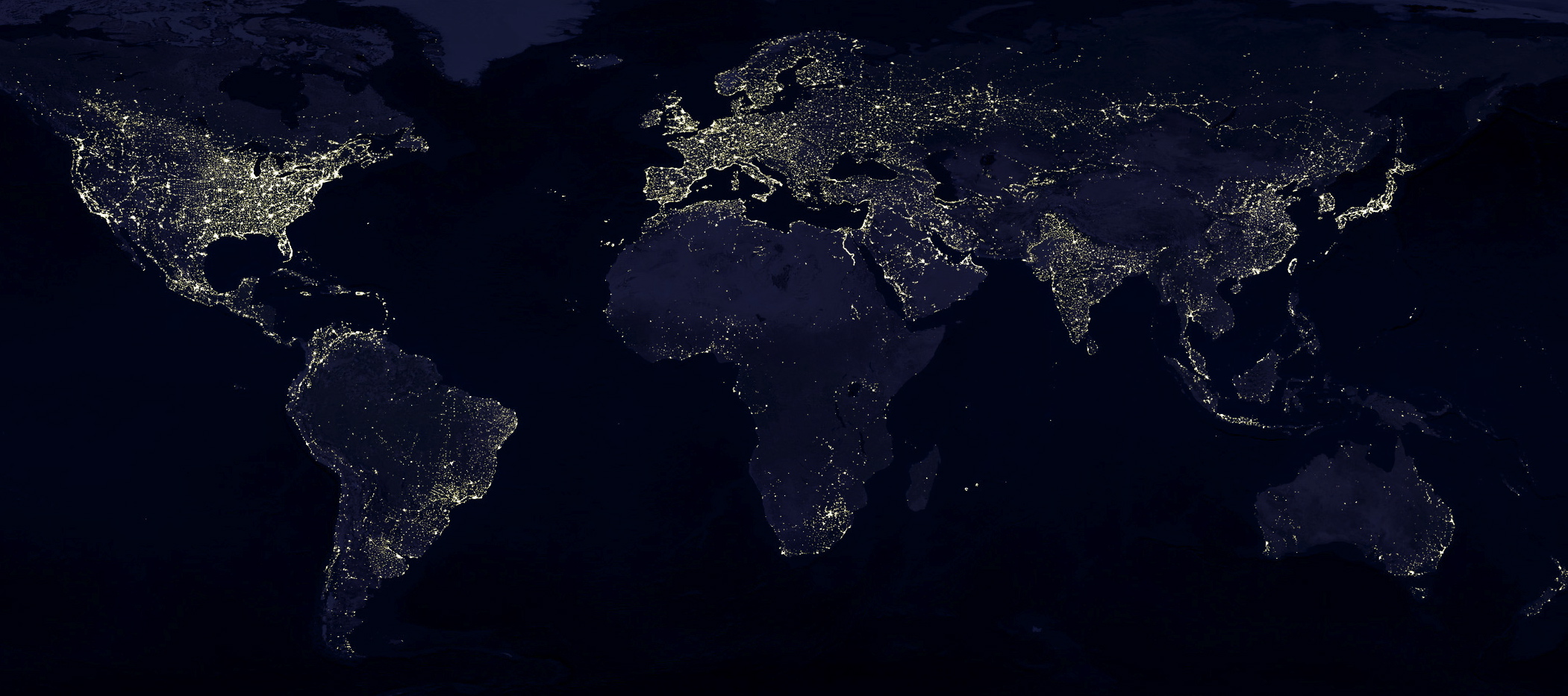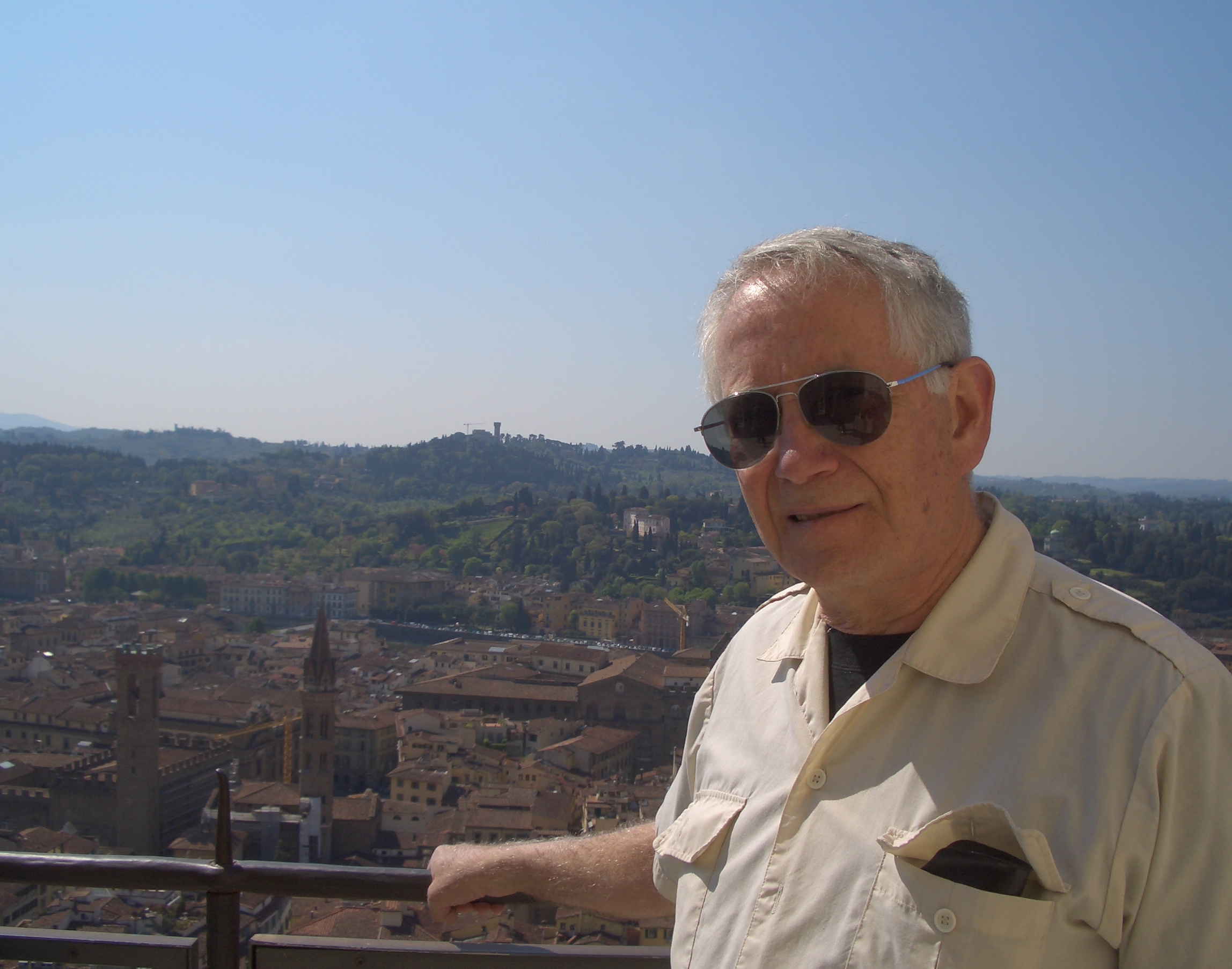The Juno spacecraft, designed to peer through the cloud layers of Jupiter just as the mythical Juno saw through her husband's high jinks, launched last Friday from Cape Canaveral. In addition to its suite of scientific instruments, Juno bears a plaque honoring Galileo, the discoverer of the giant planet's four largest moons. Also aboard the solar-powered spacecraft -- and causing much e-mail controversy among the members of HASTRO-L (the history of astronomy discussion group) -- is a trio of Lego figurines: a bearded and telescope-toting Galileo, a longer-bearded Jupiter (Zeus in the Greek pantheon) with a thunderbolt in hand, and a child-like female carrying an oversized magnifying glass to represent the investigative Juno (Hera), who was both sister and wife to the king of the gods.
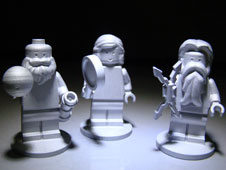
"Unbelievable!" a physics and astronomy professor exclaimed in disgust as soon as the news and photo hit the HASTRO list. Another concurred in finding the Lego group aesthetically distasteful: "Of all the representations of Jupiter and Juno that are available..."
However, for every subscriber who questioned the threesome's right to passage ("I wonder how much Lego is contributing to the cost of this mission for all this free advertising?"), another spoke in the toys' defense: "I credit most of my software-designing skills to playing with Lego." "As an undergrad engineering student, I anecdotally recall that Lego was a pretty common experience for those who entered many engineering fields."
A historian of science reported that she had shared the news story with her 37-year-old son, asking how he thought "sentient Jovians" might respond to the Lego people. He replied, "They'll probably wonder why we didn't send more sets along for them to play with."
A couple of older discussants opined that the more senior Meccano "provided much better education in engineering."
The first scoffer rejoined the conversation at this point to lament, "Seriously, this is another indication that the great vision and sense of wonder which once surrounded our space program is gone....instead of having a truly inspirational educational program for the next generation of space scientists and engineers...maybe a student-run experiment from Jupiter...NASA has decided to send Lego blocks...what a disgrace!" But a foreign correspondent told him to lighten up, pointing out that in fact Juno carries a color camera, "Junocam," for the specific purpose of wow-ing students and the public at large with the first-ever photos of Jupiter's aurora-rich north and south poles.
Just before the debate detoured into the psychological motivations for sending "little keep-sakes into space," a retired pastor recalled the gold-anodized recording of Earth sights and sounds adorning the two Voyager spacecraft. He asked fellow list subscribers to "imagine the perplexity of an alien race that found both the Lego and the golden record!"



